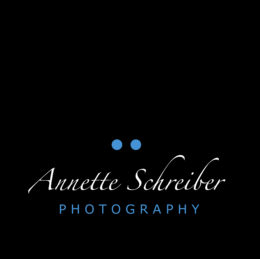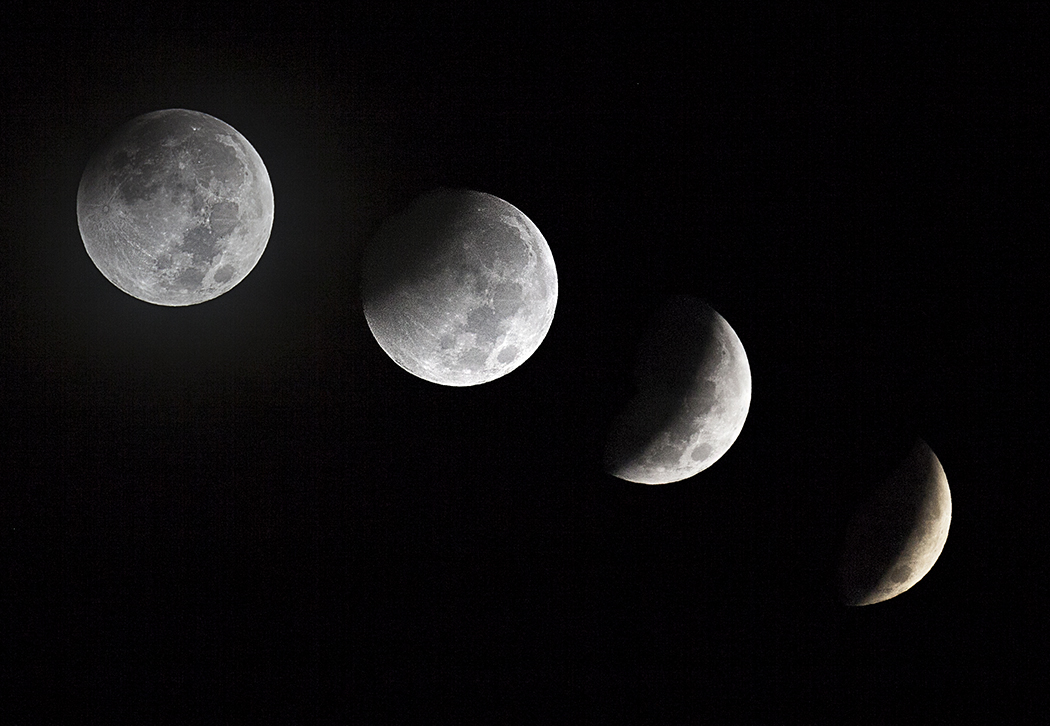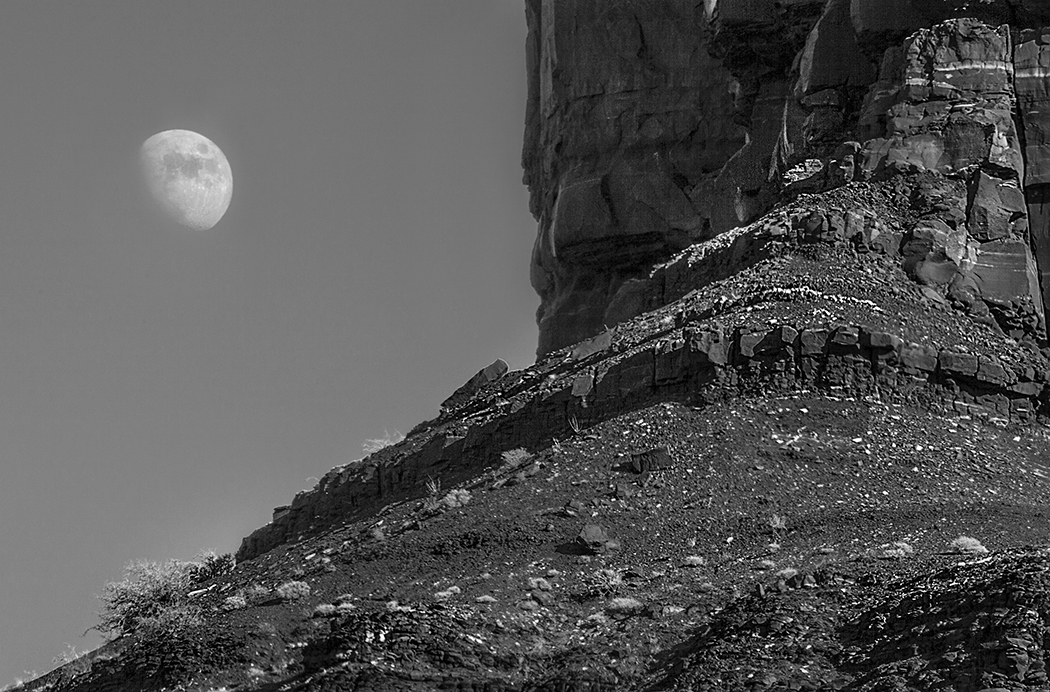It’s easy to learn how to capture the moons craters and detail with your digital camera. In fact once you get a handle on why you must use these wonderful photographic methods, taking pictures of the moon will be pretty easy from now on.
A cloudless night
The first thing to try for, naturally, is a clear night a night without clouds. Clouds can smear and smudge an otherwise sharp photo of the moons craters. A lovely, clear night provides the ideal circumstances to take photos of the moon. If there are clouds that butt in, then use that. Try a photo of a soft cloud streaking gently in front of the surface of the moon. This really does lay the foundation for superb images. So let’s have a look at precisely what you will want for your moon shots.
How close?
Lets examine what focal length works best. If you want to take pictures of the moon close up, use a four inch telescope. You can screw your digital camera on a mount and then the telescope effectively results in being your lens. It utilises the lens and you can get close images quite straightforwardly. Of course your camera will need to have the ability to interchange it’s lenses.
If you don’t own a telescope then you can use a telephoto lens. A telephoto photographic lens is a lens that is very long. You may have seen them before. It is used for wildlife photography and portraiture, like wedding photography for example. A good range of focal length might be something like 200mm to 400mm. These telephoto lenses are very expensive but get the loveliest shots.
What about the light of the moon?
Numerous people capture the moon the equivalent way as they would a dark night time city scene. If you do this too, you may experience a big ball of bright light against a black night sky, without detail. That may be okay if you are photographing the moon over a pond for example, but if you like to take photos of the craters, then this is basically not the way to shoot it.
The moon is very, very bright, especially when it’s full. I suggest choosing settings that are used for brighter, daylight conditions. I know this sounds funny, so bear with me.
When I shoot the moon I put my settings at anything from 180th of a second to 60th of a second. If you are not sure which shutter speed is better to use then try few shots on a different selection of shutter speeds to get the best one.
Setting up
You will want a tripod when you take photos of the moon. This is since the moon is so far away, any movement of the digital camera and you may find you chance missing the gorgeous craters. Position your camera on a tripod, and if you have one, use a shutter remote cable to be in command of the shutter speed. We use these because we do not want to accidentally move the camera by pressing the shutter button down. And that’s right, even movement as light as a finger can put your entire photo out of focus.
Keep that camera still!
It’s essential to keep the camera fixed and immobile so you get everything in focus. I use manual focus so I can get the craters as sharp as I can. I occasionally find that auto focus can either have difficulties getting the correct focus or sometimes can’t focus in the least. It can be tie consuming and frustrating. Try moving the focus ring until you come across a position whereby the moons craters look razor-sharp.
Lighting sensitivity
ISO is a quality of your digital camera that controls how responsive the camera is to lighting. If you are photographing the moon as the major theme against a black sky, then you will not want a very high ISO.
If you are shooting the moon as an addition to your shot, then this becomes a different matter altogether. The closer you get to the moon, the less ISO you require.
What about the camera’s aperture?
Since the moon is in the far distance I suggest shooting with a tiny aperture. In other words make use of a large f-stop number. I usually fancy F22 for the sharpest I images I can get. It’s better to get as much sharpness into the deepness of your scene as you possibly can. If you can go higher than F22, then by all means try it out. Just remember that the small your aperture the longer the shutter speed you will need.
Image quality
Shoot at the very maximum quality you can. I always select RAW for all my photos and shooting the moon is no exception. If you want excellent quality pictures then opt for the highest quality setting you can go. Even if you are not able to shoot in RAW, pick the largest Jpeg size possible. This might be displayed as Jpeg “L”.
Sharpening and Tweaking
Once you have taken your moon photograph, you may have to sharpen it a bit. Not for the reason that your photo will come out blurry, but remember, it is over three hundred thousand kilometres away. A little increase in the sharpening will help enhance some of detail in the craters. Try improving the darks and lights a little too by using your contrast tool in Photoshop or your favourite editing program. That naturally helps to give the surface more of a three dimensional look and detail, rather than having a large flat white surface. Increasing contrast, clarity and sharpness makes the moons craters look deeper and more interesting.
Moon photography is so much fun and takes a precise type of photographic applications. Just apply some of these principles and methods that I use and you will pleasantly surprised at the lovely photos you get all the time.




